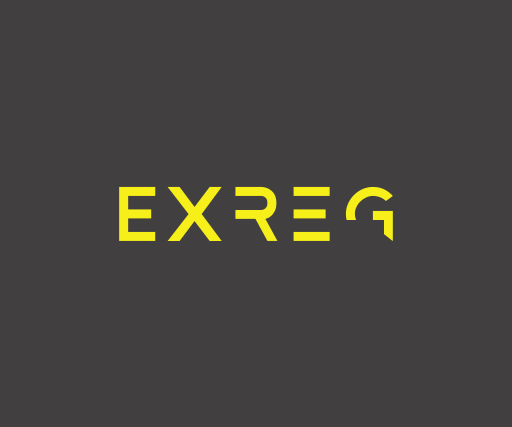ATEX (from the French “Atmosphères Explosibles”) is the European Union’s legal framework that governs equipment and protective systems used in potentially explosive atmospheres. The twin ATEX Directives—2014/34/EU for products and 1999/92/EC for workplaces—define hazardous zones, outline safety requirements, and mandate conformity assessments to eliminate ignition risks.
Why ATEX matters and what else should you know?
Born from real accidents. The first EU-wide ATEX rules arrived in 1994 after several refinery and grain-silo explosions underscored how a single spark can trigger catastrophic chain reactions. The current product directive (2014/34/EU) came into force on 20 April 2016 and is sometimes nicknamed “ATEX 114” because Article 114 of the EU treaties empowers it.
Two hazard families, six zones. ATEX splits explosive atmospheres into gases/vapours (Zones 0, 1 & 2) and combustible dusts (Zones 20, 21 & 22).
Zone 0/20 = constant or long-term presence of an explosive mix
Zone 1/21 = likely during normal operation
Zone 2/22 = unlikely or only brief
The CE + Ex mark combo. Conforming equipment carries both the familiar CE mark and an Ex hexagon logo followed by a code such as “II 2 G Ex db IIB T4 Gb”—a shorthand that tells inspectors the equipment group, zone category, protection type, gas group and temperature class at a glance.
Not just oil & gas. Food mills, breweries, wood-processing plants and even sugar refineries all create combustible dust clouds that fall under ATEX. In the EU, a coffee-roasting line needs the same diligence as an offshore rig.
ATEX vs. IECEx. ATEX is a legal requirement inside the European Economic Area, while IECEx is a voluntary, globally recognised certification based on IEC standards. Many manufacturers seek both so their products can be sold worldwide without additional testing.
Five-step compliance snapshot:
Identify hazardous zones through a risk assessment.
Select equipment with the correct ATEX category/temperature class.
Verify design via a Notified Body if Category 1 or 2.
Document an Explosion Protection Document (EPD) for the site.
Maintain & audit regularly—non-compliance can halt production and void insurance.
Penalties for ignoring ATEX. EU market surveillance authorities can issue product recalls, suspend operations, and levy six-figure fines. Insurers may also refuse to cover explosion-related losses if ATEX obligations were skipped.
Understanding these fundamentals not only keeps people and assets safe but also unlocks access to the entire EU market for EX-rated equipment and services.
